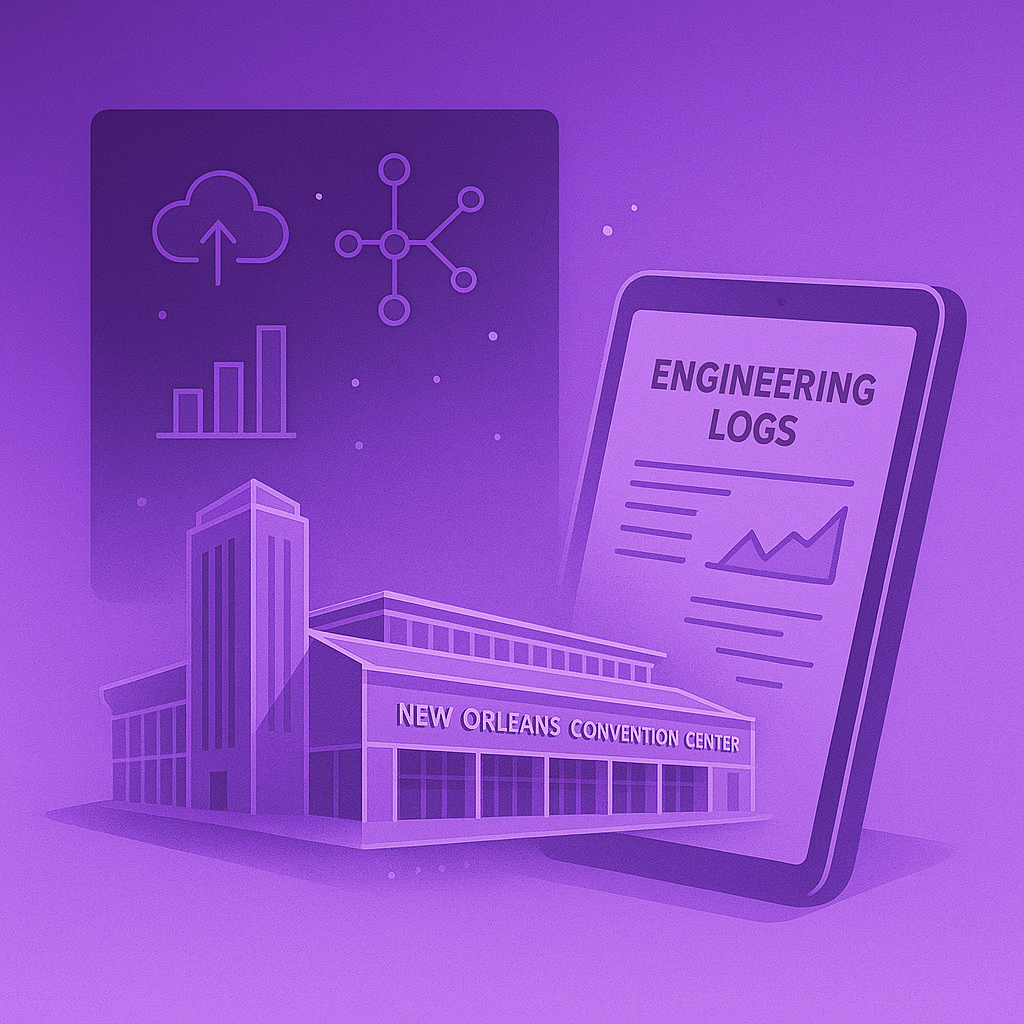In the realm of facilities management, the transition from traditional paper-based logs to digital solutions represents a significant leap towards enhancing operational efficiency, accuracy, and responsiveness. The case of the director of engineering overseeing 17 facilities in the Dallas area underscores the pressing need for a modernized approach to manage and monitor engineering activities. This scenario not only highlights the limitations inherent in paper logs but also sets the stage for the introduction of Varity, a pioneering digital engineering log platform for facilities management.
The Limitations of Traditional Logging Methods
The practice of maintaining paper logs, while familiar and tangible, presents several challenges in a fast-paced and technologically driven environment. For the director of engineering and his team, these challenges manifest as delayed information sharing, cumbersome review processes, and limited accessibility to critical data in real-time. The inability to promptly access detailed records, including visual evidence of issues, significantly hampers the director’s ability to prepare for and address facility-related problems efficiently. Furthermore, the physical nature of paper logs imposes constraints on data storage, retrieval, and analysis, making it difficult to identify trends, anticipate maintenance needs, and implement proactive measures.
Introducing Varity: A Digital Solution
Varity emerges as a cutting-edge solution tailored to meet the evolving needs of facilities management. By digitizing the logging process, Varity addresses the core limitations of paper logs through several key features:
- Real-Time Updates and Notifications: Varity enables engineers to log events as they happen, allowing the director of engineering to receive instant updates on issues across all facilities. This real-time visibility into operational challenges facilitates swift decision-making and prompt response to maintenance needs.
- Multimedia Logging Capability: Recognizing the adage that “a picture is worth a thousand words,” Varity allows the inclusion of photos and videos within log entries. This feature is invaluable for documenting the extent of damages, visualizing problems, and providing a clearer context for those reviewing the logs. It enriches the data captured in the log, enabling more informed assessments and actions.
- Accessible Anytime, Anywhere: With its cloud-based infrastructure, Varity ensures that log data is accessible from any location, at any time, via desktop software or mobile apps for iOS and Android. This flexibility is crucial for the director of engineering, who can review logs per facility before making on-site visits, thus arriving better prepared to address issues.
- Streamlined Data Management and Analysis: Varity offers robust tools for organizing, searching, and analyzing log data. This capability enhances the ability to track trends, monitor facility health over time, and make data-driven decisions. By leveraging this analytical power, the director and his team can prioritize maintenance activities, optimize operational practices, and improve overall facility management strategies.
Conclusion
The transition to Varity represents more than just a shift from paper to digital; it signifies a transformative approach to facilities management that prioritizes efficiency, accuracy, and proactive problem-solving. For the director of engineering and his team, Varity offers a comprehensive platform that not only streamlines the logging process but also empowers them with the information and tools needed to excel in their roles. In embracing Varity, the national property management company stands at the forefront of digital innovation in facilities management, setting a new standard for excellence in the industry.


